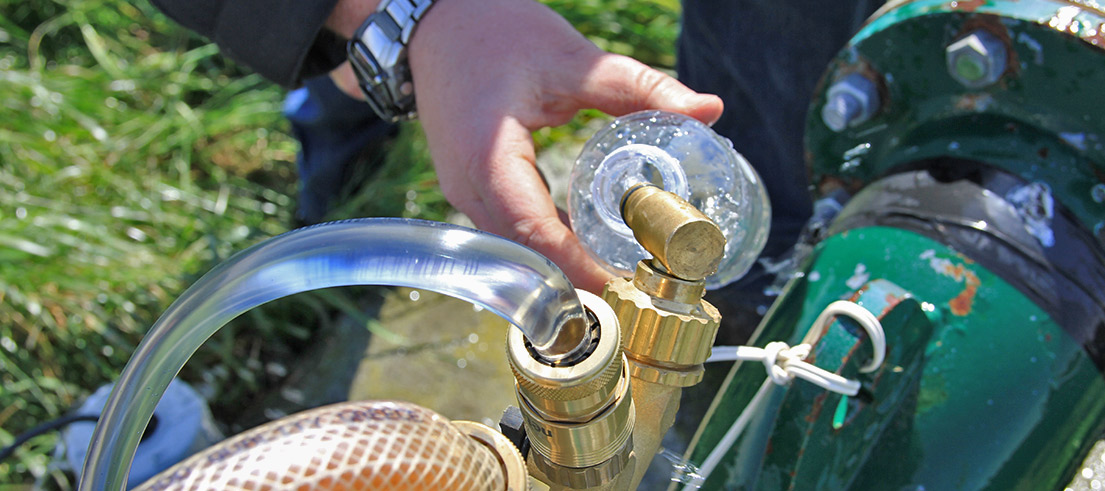
New reports shed light on how nitrogen moves through land and water
More needs to be done to see significant improvements in our region’s water quality, according to two new reports recently published by us.
The reports provide new information about nitrate concentrations in Canterbury’s groundwater and how long it takes before we see improvements from changes in land use practices.
Informing our planning process
The first report, "How long will it take?" A summary of information about nitrate time lags in Canterbury (PDF file, 3.5MB), tells us that we can expect to see changes in groundwater quality within five to 10 years after major land use changes.
The second report, Annual Groundwater Quality Survey 2022 (PDF file, 9.7MB) tells us that nitrate concentrations in groundwater across Canterbury are continuing to increase.
Our groundwater science manager Carl Hanson said a lot of good work has been done to improve land-use practices around the region, but it’s clear more is required.
"When we put these two reports together, they tell us that changes made to date have not been enough to turn around the increasing trends in nitrate concentrations," Hanson said.
"Understanding nitrate time lags is crucial to determining whether current nitrate loss reduction measures are sufficient, and it will also help inform future planning processes.
"The science shows us more land management improvements are required if we are to achieve the water quality improvements the community is seeking."
What we've done about it – and what we're doing next
The Canterbury Land and Water Regional Plan introduced new rules for the protection of our freshwater in 2015. Some of these rules were designed to reduce the volume of nitrate – usually in the form of fertiliser and animal urine – reaching groundwater.
Since then we've added several plan changes to address areas with particular environmental concerns or cultural significance, like Te Waihora / Lake Ellesmere.
The Government's Essential Freshwater package in 2020 introduced further requirements. These include a limit on the amount of synthetic nitrogen fertiliser livestock farmers can use, new rules on keeping stock away from waterways and greater risk mitigation for practices like winter grazing.
Over the next few years, we'll be working on a new regional plan that will review the nitrate leaching limits set under our current planning framework.
Studies like the analyses in these two reports help us understand the effectiveness of our policies. The changes made over the last 10 years – as well as those being made today – are a good start, but more changes may be still needed if we are to protect our most precious resource for future generations.
